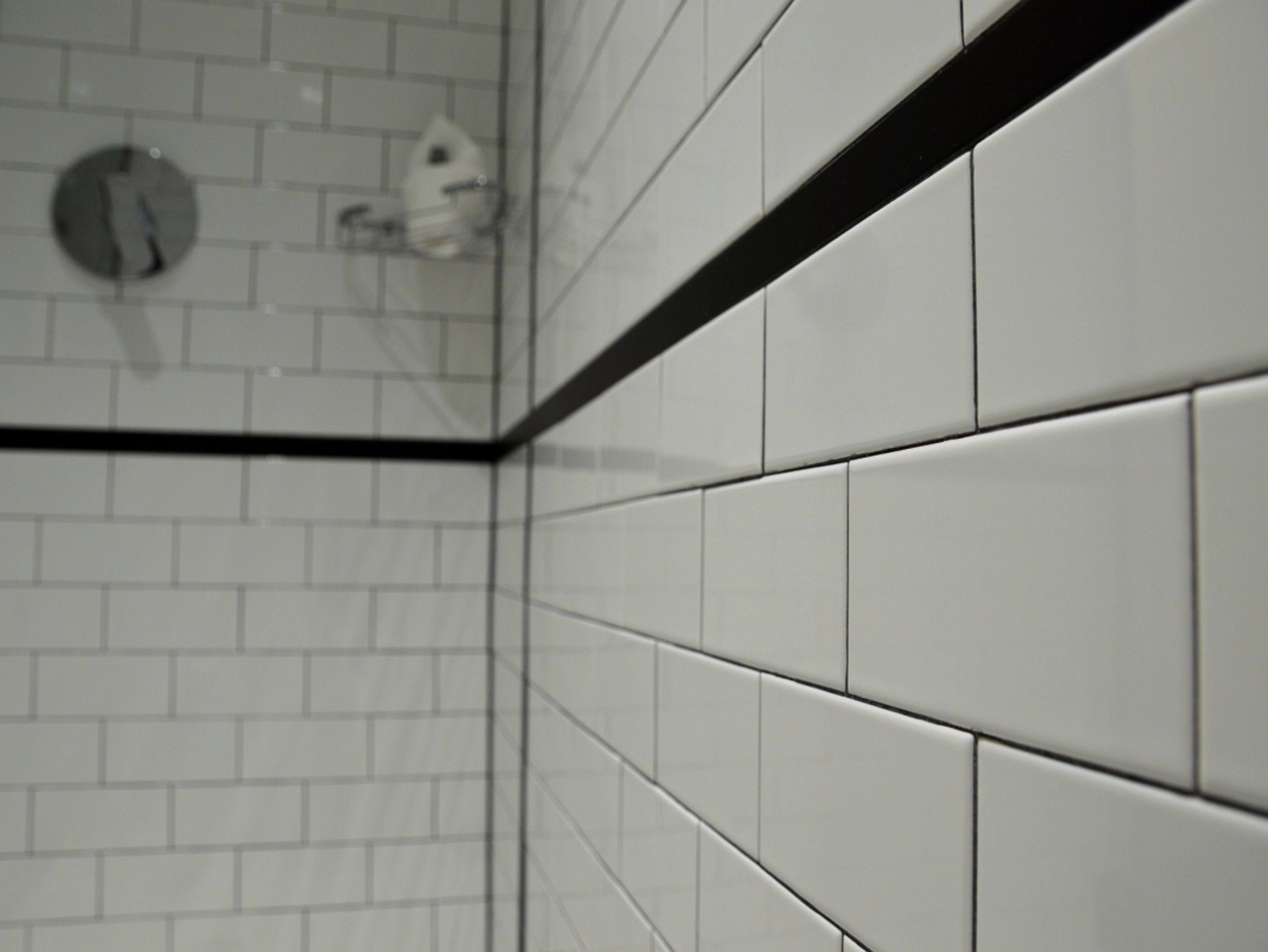What Is Architecture?
Architecture, sometimes, can be defined in the wrong way. We can miss it if necessary considerations aren't made.
But, I will try to do justice to that here.
Architecture, as is, should not be considered one-sided. So, we shouldn't be quick to define it.
Perhaps it's good to take a pause and a deep breath to avoid missing it.
This is because architecture is for sure more than just erecting structures. This is what you might need to take note of.
And, of course, it goes beyond just design or drawing too.
It's actually a nice blend of art and science.
This nature of it shapes our environment and, at the same time, influences our daily lives.
If you're reading through, you may now be interested to know what architecture really is.
What exactly is this Architecture? If that is your question, then let's see what it really is.
At the same time, we should begin to understand the significance and the multifaceted roles which architects play in our society at large.
Defining Architecture
Architecture can be seen as the art and technique of not just designing but also constructing buildings and other physical structures.
Architecture is known, at least by qualified architects and perhaps many others, to serve both functional and aesthetic purposes, ensuring that structures are not only practical but also aesthetically pleasing.
This duality keeps architecture in the position of making sure that both the needs of its users are satisfied while also contributing to the beauty of the built environment.
This is one of the beauties of architecture school. One gets to learn that architecture involves meeting several requirements rather than just an appealing building or a structurally durable building.
It is how much we bring in several factors to meet the needs of not just the clients, but the environment as well. Even passersby, I think should mention that.
The idea is to give people the comfort they need while not destroying the world's Ecosystem.
Architectural, at the same time, contributes to the built environment. Plus some other vital things to consider.
Architecture is a dynamic and versatile discipline. It helps to shape the spaces we inhabit and influences the experiences we have within them.
It requires a careful balance between artistic expression and scientific precision.
As we continue building and innovating, architecture remains at the forefront of creating environments that are functional, sustainable, and inspiring.
The Dual Nature: Art and Science
Architecture stands at the intersection of art and science.
This is vital to understand, because while some might focus more on just the art aspect of it and others on the science. It's good to know that there is a meeting point.
As an art form, architecture has reflected people's cultural values, traditions, and societal advancements as well.
For example, if you observe structures like the Guggenheim Museum in New York, it testifies to the artistry of architecture.
Importantly, the scientific aspect of architecture on its own ensures that structures are safe, sustainable, and functional at the same time.
This amalgamation of art and science, requires architects to be both creative visionaries and good engineers.
The Role of Architects
They interpret the needs of clients. This is usually from the client's brief. The brief is very important to help catch the client's vision.
They consider environmental factors also and navigate building codes to produce designs that are both innovative and compliant.
Beyond design, architects collaborate with the building team, such as the engineers, contractors, and clients, to ensure the successful realization of a project.
Architectural Design: The Process
The architectural design process is a systematic approach that transforms an idea into a tangible structure.
- Understanding the Design Brief: This is an initial document that outlines the client's requirements and aspirations which he hands over to the architect. It is the architect's job to thoroughly understand it and design it following the vision.
- Problem Definition: To better solve the challenge which satisfying the client will present. It is expedient to Identify what the challenges really are. The earlier you define the problem the better.
- Brainstorming and Research: critical thinking will be needed to cook up asolution, and at the same time, you need available resources too. Explore various design concepts and bring together relevant data to inform you on the right direction to approach the project.
- Concept Development: It is even much better to start putting down what is in your mind together with the juice you extracted from your research(es) via sketches; including the models also makes it more concrete. These preliminary tools help bring abstract ideas closer to reality.
- Design Refinement: Then you can go on and develop detailed drawings and specifications for the project, putting materials, structural integrity, and aesthetics into consideration.
- Implementation: I mentioned the building team before, right? Or perhaps the construction team. It's time to Collaborate with them to bring the design to fruition, ensuring things move in adherence to the plans you developed and quality standards.
All things being equal, the final product should be functional, and the reflection of the initial vision if this structural approach is adhered to to its fullest.
Architectural Styles: A Reflection of Time
Architecture has been very important in the society over the years.
It has significantly shown the changes around us and the tech upgrades, too.
If you dare to look closely, you will see the story it has been telling ever since, from the magnificence of ancient Egyptian pyramids to the sleek lines of modern skyscrapers.
The good thing is that each
style tends to represent an era and, at the same thing, introduces innovation. And an understanding of this gives us insight.
Lastly
For those passionate about digging deeper into the world of architecture, always learning and exploration are key. The journey of understanding and creating meaningful spaces is both tough and awesome.












No comments:
Post a Comment
Don't Forget to Let us Know What you Think About this Post in the Comment Box.